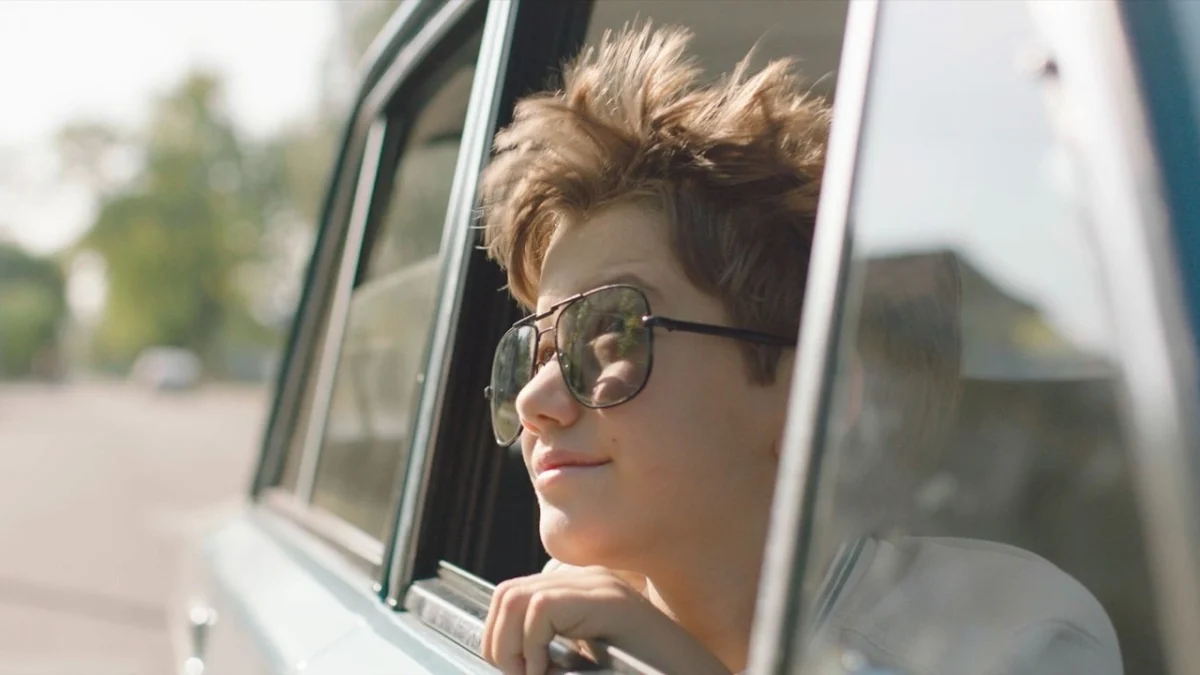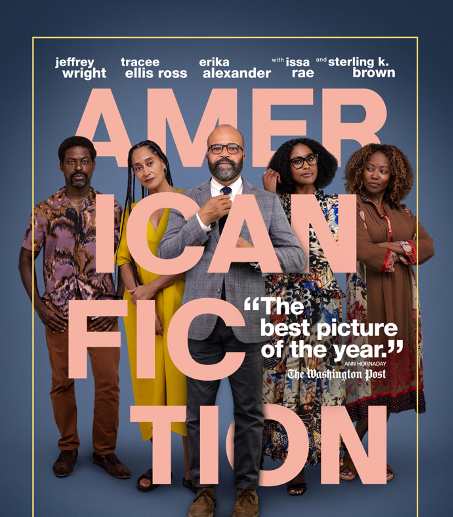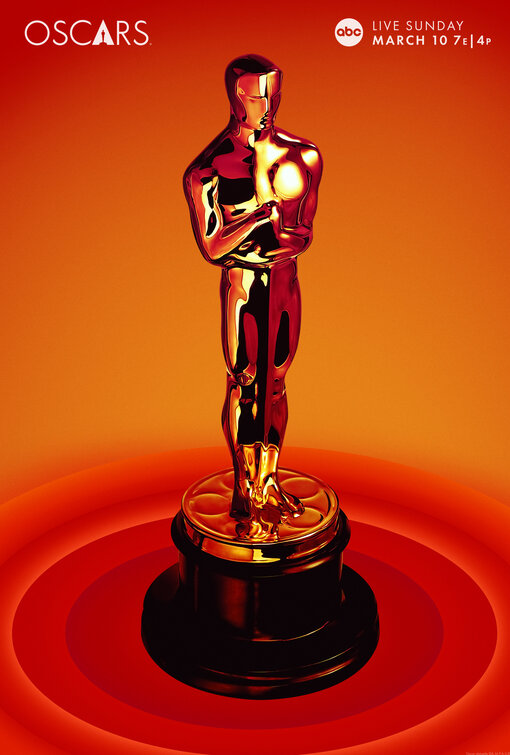The horror genre transcends cultural norms and international borders, and the last few decades have heralded a rise in the popularity of foreign horror movies in America.
Along with the increase of foreign films being released in the United States there has also been a significant rise in the number of American horror flicks based on the work of foreign directors, particularly from the turn of the century to present day. American horror snags many of its influences from foreign films, particularly Japanese and European movies from the early ‘70s through the late ‘90s and revisions them in a modern context.
Though the U.S. has produced some of its own clever horror movies over the years, the innovation of foreign horror continues to be a major influence in American film making.
Italian horror
Dario Argento is the Italian equivalent of Wes Craven, a diabolical master of the horror genre. Argento has gained quite a bit of notoriety in the U.S. over the last few decades, particularly for his magnum opus “Suspiria” from 1977, the first in his “Three Mothers” trilogy that also consisted of the film “Inferno” in 1980 and most recently “Mother of Tears” in 2007 that belatedly completed the series.
His films are marked by his characteristic use of vibrant visuals and dramatic cinematography, particularly “Deep Red” in 1975 and 1982’s “Tenebre,” both highly disturbing depictions of human frailty. Often compared to David Lynch, Argento’s films tap into the animalistic sense of primal fear that all humans have, but does so in a way that is considerably more subtle than hard-hitting American horror. Argento’s films deal heavily with psychological horror and the terror that the human brain can construct rather than the blood-and-guts formula used by so many of his contemporaries.
No discussion of Italian horror is complete without mentioning Lucio Fulci, a master of the macabre in his own low-budget right. Most famous for his 1979 flick “Zombi 2” – which has inspired many zombie-related films in America – Fulci created horrific masterpieces that were intentionally gore-ridden and meant to incite disgust from the audience.
The 1972 film “Don’t Torture a Duckling” has received widespread criticism for its graphic representations of murder and criticism of the Roman Catholic Church and remained unreleased in the U.S. until 1999. Though Fulci is often mistakenly credited for the film “Zombi” – the Italian title given to Romero’s “Dawn of the Dead” – he had no part of its production. Fulci’s disturbing 1981 film “The Beyond” earned him the nickname of Godfather of Gore and continues to be a staple in the collection of any B-movie fanatic.
Scandinavian horror
Master Swedish film maker Ingmar Bergman, who utilized the power of a spooky atmosphere and dramatic lighting to augment the nature of his films, has been frequently called one of the greatest directors of the last century.
Bergman’s films are typically dark and dramatic, his major subjects consisting of death, illness, insanity and betrayal. His seminal horror flick “Hour of the Wolf” – starring Max von Sydow who later went on to co-star as father Merrin in “The Exorcist” – is as visually stunning as it is terrifying, laden with heavy shadows that morph into frightening vistas of the supernatural. He has directed more than 60 theatrical films and is widely considered to be one of the most influential film makers of all time.
Also out of Sweden came the 2008 vampire thriller “Let the Right One In,” released in the U.S. in 2010 as “Let Me In.” The original Swedish version is by far more disturbing than the American version primarily because the original relies much more heavily on atmospheric thrills rather than up front violence, as so many American movies tend to do. Fans of “Let Me In” owe it to themselves to watch “Let the Right One In” at least once, if not just to see the difference in film making between cultures but to get a good jolt of fear that the American version of the film failed to provide.
Norwegian director Tommy Wirkola made a name for himself in America with the 2009 release of “Dead Snow,” a delightfully macabre zombie comedy that sent shock waves of joy through the community of zombie enthusiasts. The most notable aspect of this movie, aside from the theme of Nazi zombies, is the clever use of special effects. Any zombie movie is obviously going to be laden with gore, but “Dead Snow” employs its gore factor in a way that doesn’t overwhelm the overall context of the film. Even die hard blood-and-guts fans will be impressed at the innovative death scenes in this movie, if not just for the expertly wrought blood splattering. Worth a watch for any fan of the zombie genre, particularly those with a twisted sense of humor.
Japanese Horror
Many horror films released in America over the last decade have been based on titles from Japan, most notably the 2002 thriller “The Ring” based on the 1998 Japanese film “Ringu” that caused quite a stir in the horror community.
Though there are many similarities between the horror films of American and Japan, Japanese films as a whole tend to be more violent and unsettling than most American movies. One of Japan’s most controversial directors Takashi Miike, responsible for such blood-drenched gems as “Ichi the Killer” and “One Missed Call” – also remade and released in the U.S. – has gained international notoriety for his use of gratuitous violence and excessive gore.
In fact, “Ichi the Killer” is banned in Malaysia and Norway due to its high impact violence and vomit bags were handed out at the movie’s screening at the Toronto International Film Festival. Miike has directed more than 70 films since his debut in 1991 and continues to churn out loathsomely brilliant flicks drenched in blood and guts.
The film “Tokyo Gore Police” has been inciting disgust from audiences since its release in 2008, but dedicated fans of the genre treat the movie as a seminal gore masterpiece. Directed by Yoshihiro Nishimura, who collaborated on the 2001 Japanese thriller “Suicide Club,” “Tokyo Gore Police” is a perverse romp through a futuristic Tokyo that is as visually appealing as it is bizarre. Often touted as one of the bloodiest movies to have come out of Japan, this movie makes America’s “Texas Chainsaw Massacre” look like mere child’s play by comparison.
Emily A. Brightman can be reached at [email protected]












